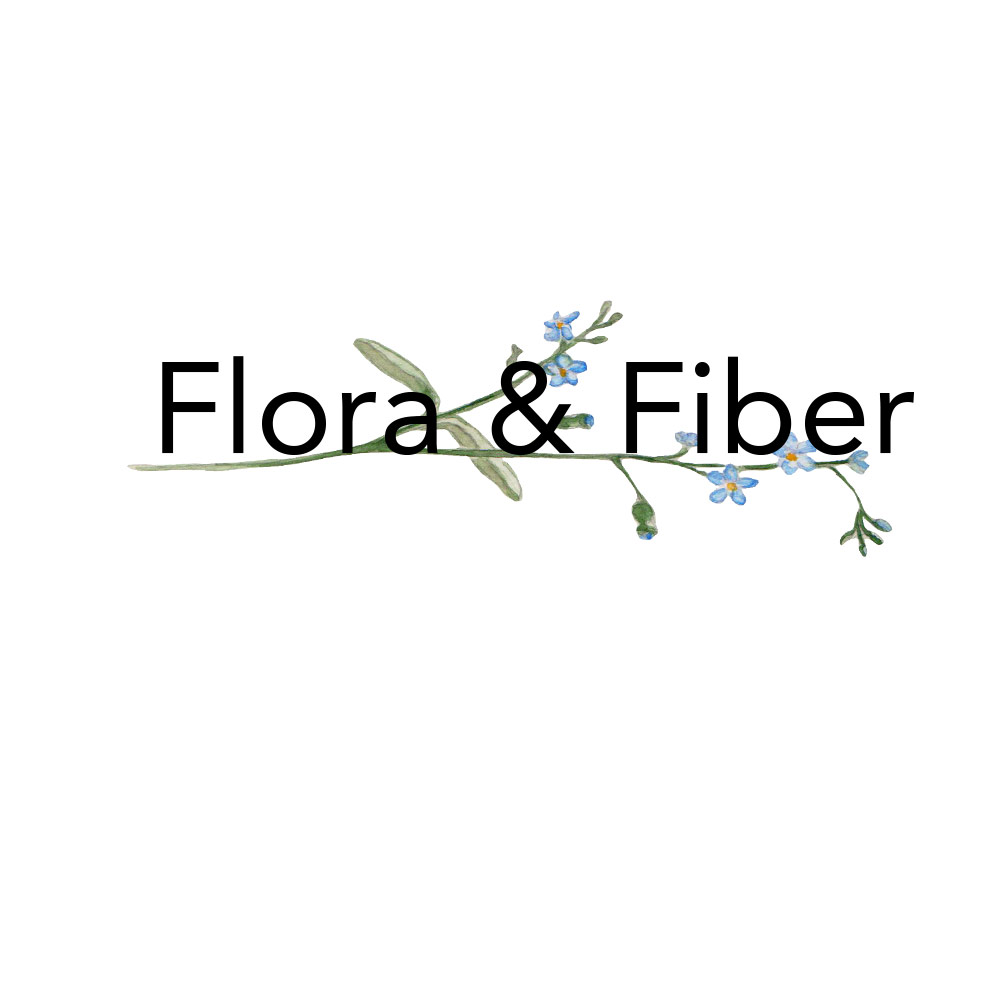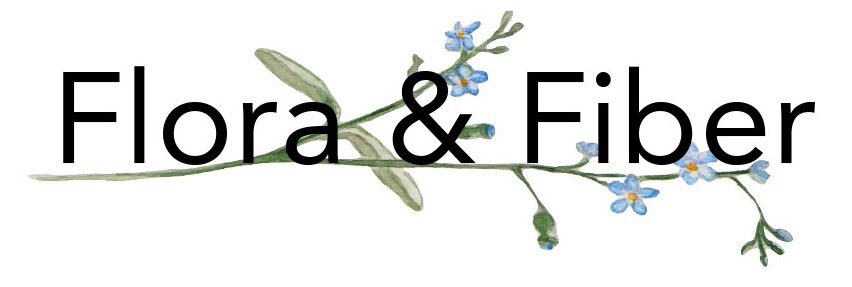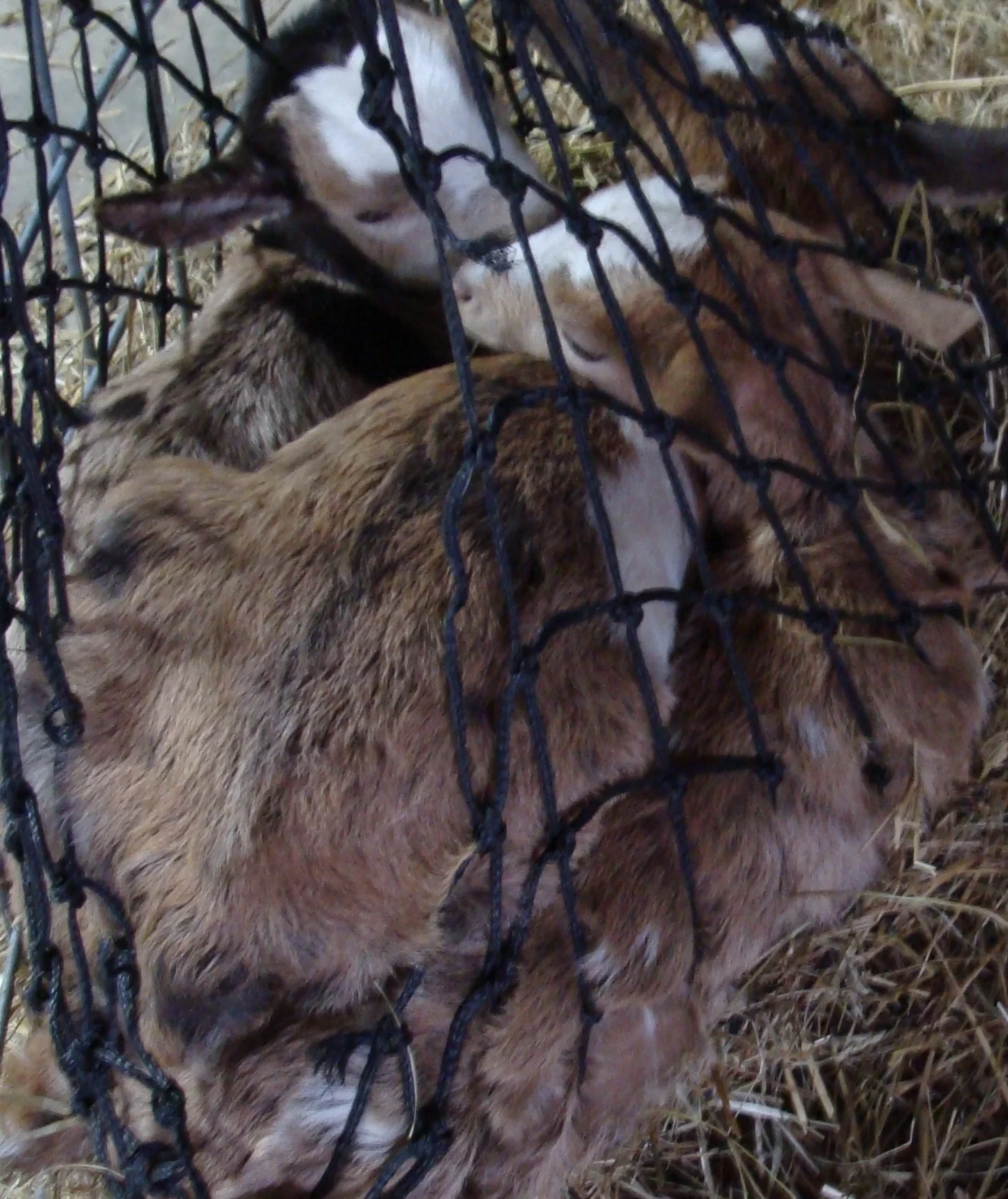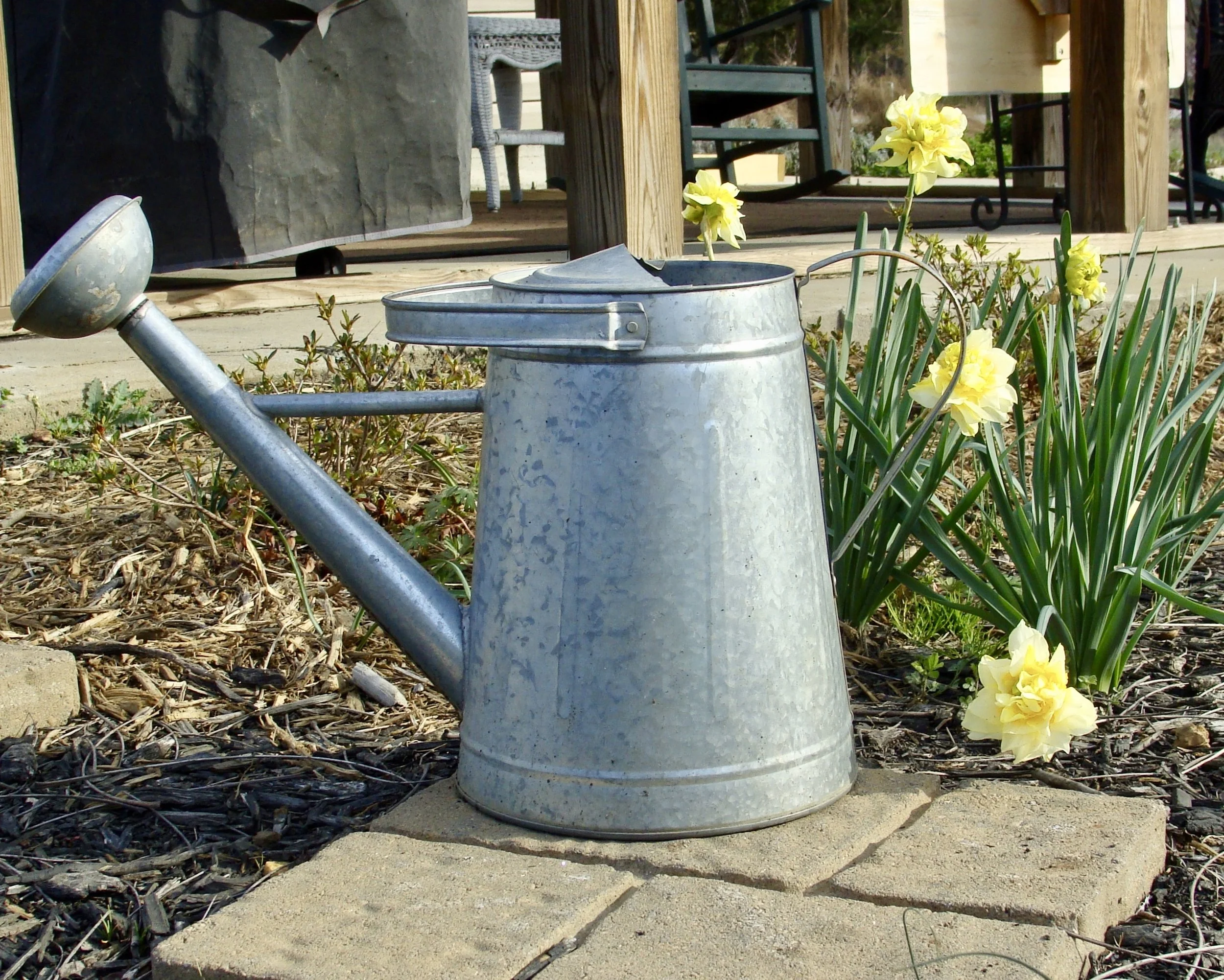This is the second post in the Let's Spin. . . series. You can find the first post on spinning Coopworth here.
Today's spin study is Jacob wool. Jacob sheep are relatively small sheep that were historically kept as ornamental animals by the gentry of England. Jacob wool is interesting because there are multiple different colors within a single fleece.









